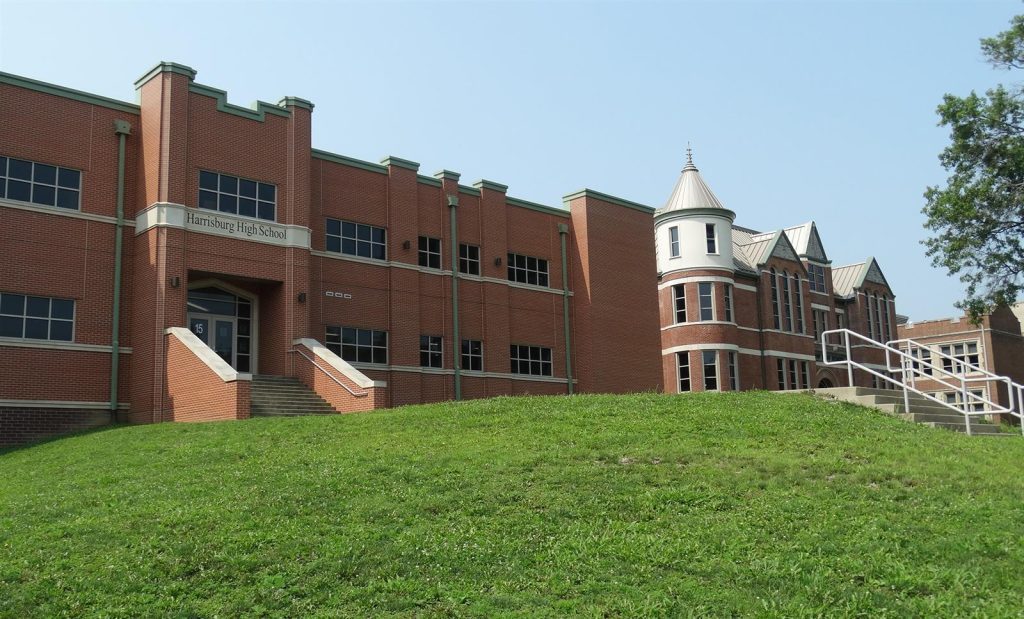
As Evidence Based Funding formula turns 5, lawmakers reflect on historic legislation
By PETER HANCOCK
Capitol News Illinois
phancock@capitolnewsillinois.com
SPRINGFIELD – Five years ago this month, Illinois lawmakers passed legislation that overhauled the way public schools in the state are funded.
The so-called Evidence Based Funding formula, or EBF, was designed to calculate the actual cost for each district to provide the kind of education the state expects, and then gradually increase the share of that cost that’s paid for by the state.
Over time, it was also supposed to narrow the disparity between the best-funded and worst-funded districts in the state, with the hope of lowering property taxes and improving academic achievement in the most underfunded districts.
Five years later, huge disparities still exist among districts, both in funding and academic performance, but lawmakers from both parties who were part of negotiating the new law say it has provided huge benefits, especially to those schools that were most underfunded.
“I use the example of East St. Louis, that I think at the time had the highest property tax rate but was nowhere near adequate spending,” said Andy Manar, a former state senator and now deputy governor who was a chief architect of the plan.
“And if you did the math at the time, the math would show that East St. Louis literally could not tax itself enough to generate the funds needed to say that the school district has an adequate level of spending to achieve the results that we as a state expect of that school district. They literally could not tax themselves into equity. It was mathematically impossible.”
In fiscal year 2018, the first year under the formula, the East St. Louis district was funded at 66 percent of adequacy. This year, it is funded at 96 percent of adequacy.
Republican state Sen. Chapin Rose, who represents a largely rural area in east central Illinois, said many of the districts in his area faced the same challenge.
“I do think that for many of the areas I represent, it was a lifeline,” he said. “It’s kept doors open and, in some instances, provided a much needed infusion, because they simply couldn’t keep going back to the property tax well. That was dried up.”
History of inequity
Illinois has traditionally relied on local property taxes to fund most educational spending. That has automatically led to built-in inequities because districts with relatively low levels of property wealth per-pupil must levy higher tax rates to raise the same amount of money as wealthier districts.
To offset those differences, prior to adoption of the EBF formula, the state used a complex formula to distribute state aid that was supposed to guarantee districts with modest tax bases a certain minimum level of “foundational” funding, although even the wealthiest districts received aid under that formula, even if they were more than able to raise adequate funding on their own.
Many districts complained that the formula never lived up to its promise of guaranteeing adequate funding to all districts, in part because the General Assembly did not fully fund the formula. Instead, it distributed “prorated” amounts, based on how much money was available in the state budget at the time.
Manar cited the example of Harrisburg High School, in southern Illinois, where the ceiling of the library had been removed because the district didn’t have enough money for basic repairs and maintenance.
“And, you know, we held a town hall on school funding in that library – the location underscored the need for the bill,” he said. “And Harrisburg High School wasn’t unlike so many other places across Illinois, not just rural parts of the state. It was a result of years of proration of general state aid, and years of the inability to tackle the very complicated nature of school funding.”
For decades, school districts across Illinois tried to turn to state courts to correct the inequities, arguing among other things that the 1970 Illinois Constitution provides that, “The State has the primary responsibility for financing the system of public education.”
But state courts have consistently declined to get into the school finance fray. As far back as 1973, the Illinois Supreme Court ruled that that provision was merely “a hortatory expression of a goal to be achieved” and not a mandate for the state to take over school funding.
In 1990, a group of 50 school districts calling themselves the Committee for Educational Rights sued the state claiming the system produced vast disparities in educational resources between rich and poor districts in violation of several provisions of the Illinois Constitution, including its equal protection clause and a clause requiring the state to provide “an efficient system of high-quality public educational institutions and services.”
But when that case reached the Illinois Supreme Court six years later, the justices ruled there were no judicial standards to determine whether the state was providing “high-quality” education and that the decision about how to fund schools – and how to balance the competing interests of equity and local control – was a legislative matter, not a judicial one.
The EBF formula
After more than a year of negotiations, Illinois lawmakers finally struck a deal that would, over a period of years, put more state money into public schools to bring the least-funded districts up to a level of adequacy – assuming, of course, that the General Assembly lives up to its obligations.
The final vote came during a special summer session in August 2017, during which lawmakers also ended the two-year budget stalemate with Republican Gov. Bruce Rauner.
The goal of the new formula is to gradually bring all districts up to an “adequate” level of funding, or having enough resources to cover the cost of providing the educational services the state expects. That takes into account a district’s total enrollment, poverty rate, the number of English language learners and a host of other factors.
Each year, under the law, the state is to add at least $350 million in new funding for schools, with the bulk of that money going to those furthest from adequacy. But the law provided that no district would see a reduction in funding from the final year before its passage, a so-called “hold-harmless” provision that meant even the wealthiest districts would continue to receive state aid.
People on both sides of the aisle said that was necessary because without a hold-harmless provision, the bill never would have passed.
“It’s a living breathing formula, and it changes year to year, and so the mechanics of the formula eventually fade that out,” Manar said. “But I think it brought a level of certainty. It brought a level of guarantee and, frankly, a level of comfort to a very complicated question of how we reform a very complicated and important system. …So a lot of people didn’t like it. I personally did not. But it was necessary to get it done.”
Republican Sen. Jason Barickman, of Bloomington, who was also a key negotiator in the process, agreed that it was politically necessary.
“It was a politically practical, pragmatic decision,” he said. “I was very focused on getting something done. And it was very apparent to me that we weren’t going to get something done without a hold-harmless. So while I think a hold-harmless has policy challenges, we weren’t going to let perfection get in the way of getting something done.”
So far in the first five years, the state has met or exceeded that funding target in all but one year, raising the state’s share of school funding from $6.9 billion in fiscal year 2017, the last year under the old formula, to $9.8 billion allocated this year.
It also drove the state’s percentage of K-12 education upward, according to ISBE data. In FY 2017, the state provided 24.4 percent of K-12 funding. In FY 2020, the latest year for which audited numbers are available, that number rose to 27 percent.
Signs of progress
According to data from the Illinois State Board of Education, it would still take another $3.6 billion in state funding this year alone to bring all districts up to 90 percent of “adequate” funding, a goal set in statute. But the state has made some progress toward addressing the needs of the least-funded districts.
In the first year of evidence-based funding, there were 168 districts that were funded at less than 60 percent of adequacy. Those were the ones that were first in line for new funding when the EBF formula took effect.
For the upcoming year, there are only two districts below that level – Washington Community High School District 308 in Tazewell County and Chaney-Monge School District 88, an elementary district in Will County. Both are funded this year at 59 percent of adequacy.
The gap between the least-funded and best-funded districts has also narrowed, if only slightly. During the first year, funding levels ranged from a low of 47 percent to a high of 288 percent of adequacy. This year, the gap ranges from 59 percent to 270 percent.
Gov. JB Pritzker said during a recent news conference he believes the state must continue to increase its investment in education to increase outcomes and decrease reliance on property taxes.
“A lot of good has been done, there’s no doubt about it,” he said. “And as you know, Evidence Based Funding was both necessary to get money to the schools that needed it most and to make sure that we’re improving the education funding overall, across the state of Illinois. I personally think that we need to fund our education system even more.”
So far, though, there is little evidence that the new money has helped improve academic performance for students because the COVID-19 pandemic severely interfered with annual testing in 2020 and 2021.
Prior to the pandemic, though, the connection between school funding and student achievement was evident.
For example, in 2019, the last year before the pandemic, Central City School District 133, an elementary district in Marion County, was the least-funded district in the state at 52 percent of adequacy. That year, only 26.8 percent of its students met or exceeded state standards in English language arts, and only 8.5 percent did so in math.
By contrast, Rondout School District 72, an elementary district in Lake County, was the best-funded district, at 280 percent of adequacy. There, 65.1 percent met or exceeded state standards in English language arts while 49.4 percent did so in math.
Like many states, Illinois did not administer state assessments in 2020 due to the pandemic, and results from the 2021 tests are believed to have been affected by the pandemic. Results of the 2022 tests will be released later this year.
Barickman recalled there was a debate over whether to tie increased funding to improved student outcomes, to hold districts accountable for the new money they would receive. In the end, he said, lawmakers chose to go another route by pairing the new funding system with a form of taxpayer-supported scholarships for private schools, what is now known as the Invest in Kids Act.
“No one was fully, you know, exactly happy, which generally means we probably did a decent job, I suppose,” he said. “But we chose not to penalize failing school districts, but to equip children and families with resources that might give them a choice on their educational experience. And I think we’ve seen a lot of success with that program.”
Manar, meanwhile, argued that the achievement gaps are the result of many factors, including decades of inequitable funding, which the state has only recently started to address.
“What would those test scores have been had the least equitable system of school funding in the country been allowed to continue?” he asked.
He said as more money was put into the old formula, it made the inequity gap wider.
“So you know, those stats and that data aren’t gathered in a sterile, perfect environment. There’s a lot of things happening in 850 some-odd school districts in the state that have an impact on that too.”
Capitol News Illinois is a nonprofit, nonpartisan news service covering state government that is distributed to more than 400 newspapers statewide. It is funded primarily by the Illinois Press Foundation and the Robert R. McCormick Foundation.
Local News

Area Sports Roundup: Six area girls bowling teams headed to sectionals
Spread the loveBy Jeff Vorva Staff writer Six area girls bowling teams are headed to sectionals. Reavis and Stagg won IHSA regional titles last Saturday, and four other teams have advanced to this weekend’s action. Reavis won its own regional at Palos Lanes in Palos Hills with a 5,378 in six games, well ahead of…
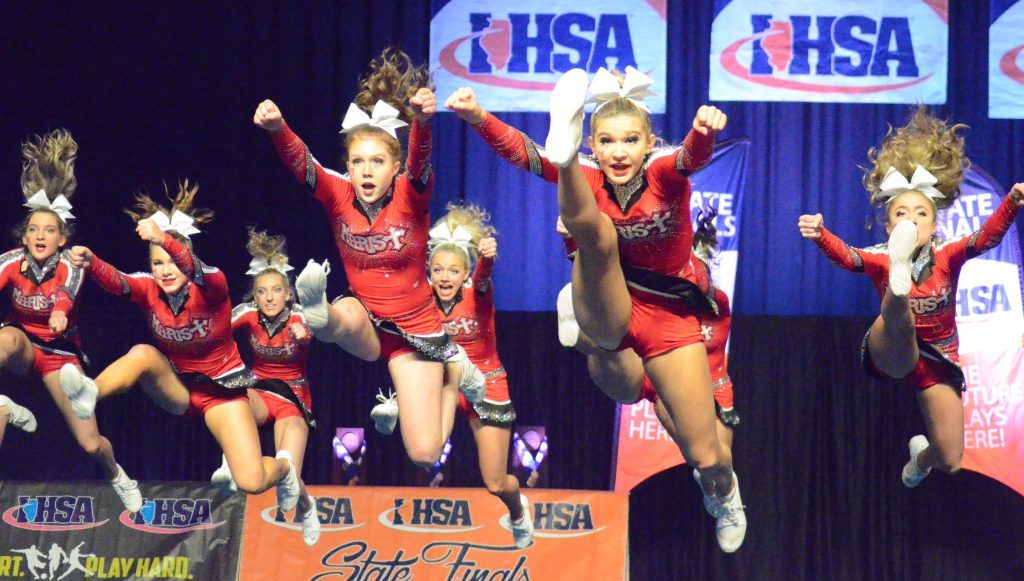
Marist cheerleaders takes 2nd in state
Spread the loveBy Jeff Vorva Staff writer After Marist’s cheerleaders watched a video of their state finals performance on Feb. 5, there were some long faces and tears as the girls filed out of the video room and into the cooling-off room. After a long meeting, there were more long faces. “I’ve had better days,”…

Oak Lawn-Hometown Middle School packs meals for needy during holidays
Spread the loveBy Kelly White Wishing everyone to have the best holiday season, Oak Lawn-Hometown Middle School students packed meals for those in need before they went on Christmas break. The school, 5345 W. 99th St., Oak Lawn, hosted its annual Feed6 Meal Packaging event on December 4, where students gathered together, while socially distanced, with…

McCord shows off Stagg student artworks
Spread the loveBy Kelly White Stagg High School art students proudly had their work showcased at a local gallery. McCord Gallery & Cultural Center, 9602 W. Creek Road, Palos Park, featured the art of Stagg’s most creative until January 28. “Having my work as part of an art show in an art gallery like McCord is significant to…
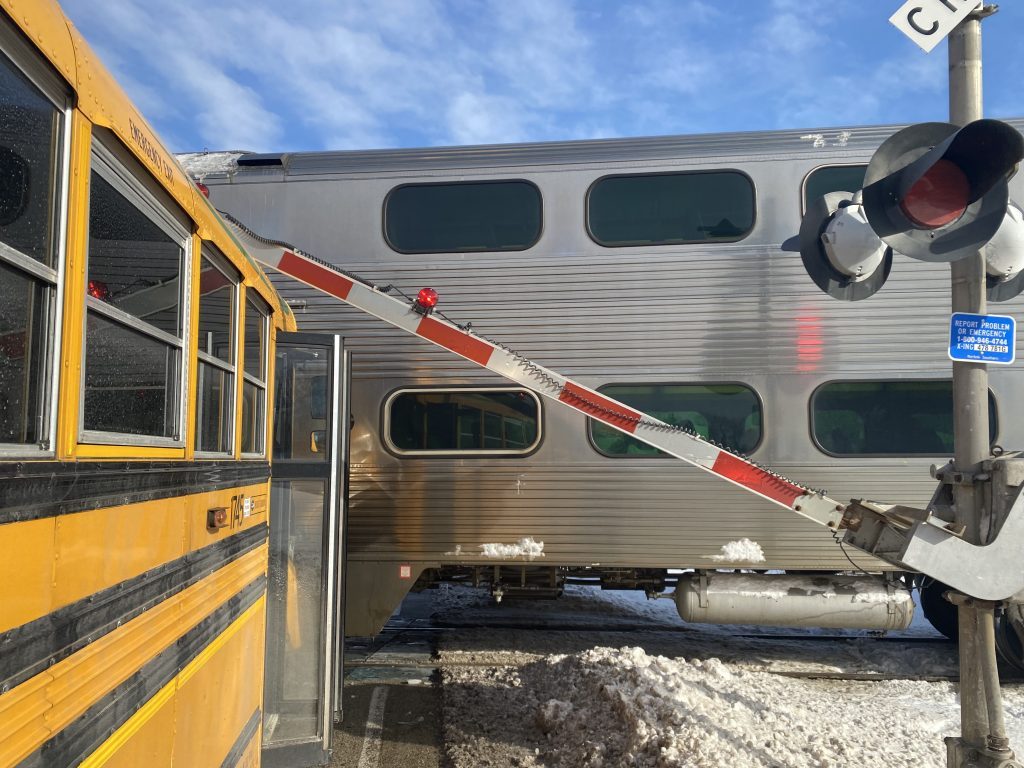
No injuries when Metra train hits school bus in Orland Park
Spread the loveBy Bob Bong No children were injured Friday afternoon when their school bus stalled on railroad tracks in Orland Park and the bus was hit by a Metra commuter train. The Orland Fire Protection District responded to an emergency call Friday when a school bus from American School Bus Co. carrying students from…
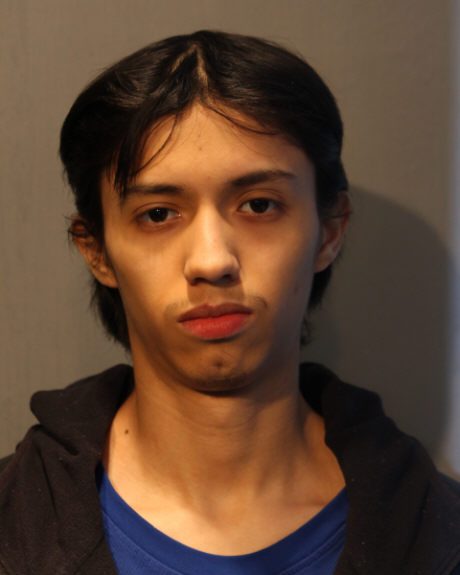
Charge West Lawn man in 47th St. slaying
Spread the loveBy Tim Hadac An 18-year West Lawn man has been charged with murder in connection with the June 11 slaying of a 20-year-old woman in the 4700 block of South Rockwell. Dilan E. Ugalde, of the 3600 block of West 62nd Place, was apprehended by members of the Chicago Police Department and the Great Lakes Regional…

Charge 2 in Ford City carjacking
Spread the loveBy Tim Hadac A 19-year-old man and a 15-year-old boy have been charged with aggravated vehicular hijacking in connection with a crime that occurred in a Ford City parking lot at about 8:45 a.m. Thursday, Jan. 27. Travell Barnes, 19, of the 6800 block of South Hermitage, and the boy allegedly took a…

Police reports
Spread the loveMan shot to death in Chicago Lawn A 23-year-old man was shot in the back of the head and killed in a crime that occurred in the 6400 block of South St. Louis at about 1 a.m. Saturday, Jan. 30. Officers responding to a “person down” call discovered the victim lying on the…
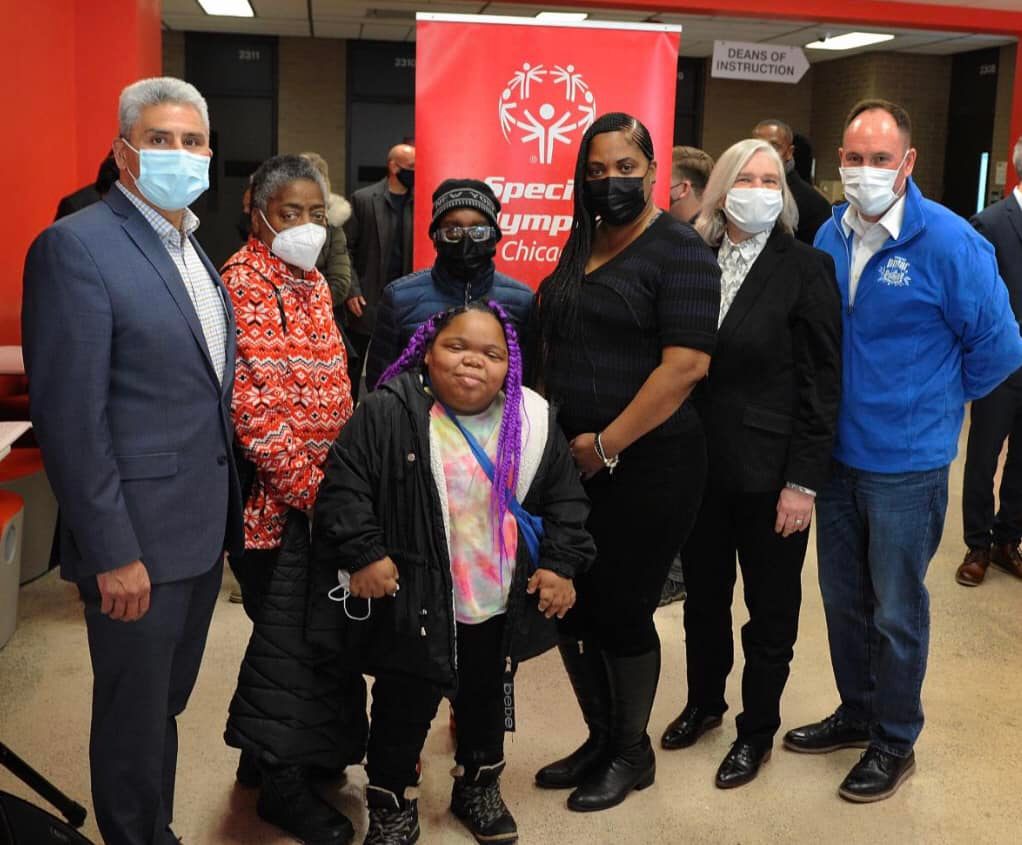
Building a bridge at Daley College
Spread the love‘After 22’ program to help adults with disabilities By Tim Hadac For Chicagoans with developmental disabilities, their 22nd birthday can feel like falling off a cliff. That’s when they become ineligible for the special education transition services they’ve received all their lives. That ineligibility can last for up to seven years, until they…
Neighbors

Niego Real Estate salutes America again
Spread the love. Popular flag program underway . By Tim Hadac Clearing and Garfield Ridge residents who want to decorate their blocks in red, white and blue this Independence Day are encouraged to contact Niego Real Estate and reserve a supply of U.S. flags at no charge. The popular program to promote patriotism and community…

Lyons Mental Health Commission pulls LeaderShop funding
Spread the loveExecutive director accused of harassment From staff reports The local nonprofit service community was jolted when nearly $300,000 in mental health funds was withdrawn by a Lyons Township agency from the Western Springs LeaderShop, a social service agency that has provided youth programs for nearly 40 years. The Lyons Township Mental Health Commission…

Mount Carmel, Marist and Oak Lawn among 84 teams at Riverside-Brookfield shootout
Spread the loveBy Xavier Sanchez Correspondent High school boys basketball does not stop in March and pick back up in late autumn. For many players, playing hoops is a year-round commitment. AAU ball is a big reason for, that there are summer camps, shootouts or other events at most schools during the summer. The…

Dog lovers to celebrate ‘Fur of July’
Spread the love. By Peggy Zabicki Your correspondent in West Lawn 3633 W. 60th Place • (773) 504-9327 . I’m starting out with some fun news. The West Lawn Dog Park Advisory Council will be hosting a Fur of July Pet Parade on Saturday, June 29 from 10:30 a.m. to 12:30 p.m. at West Lawn…
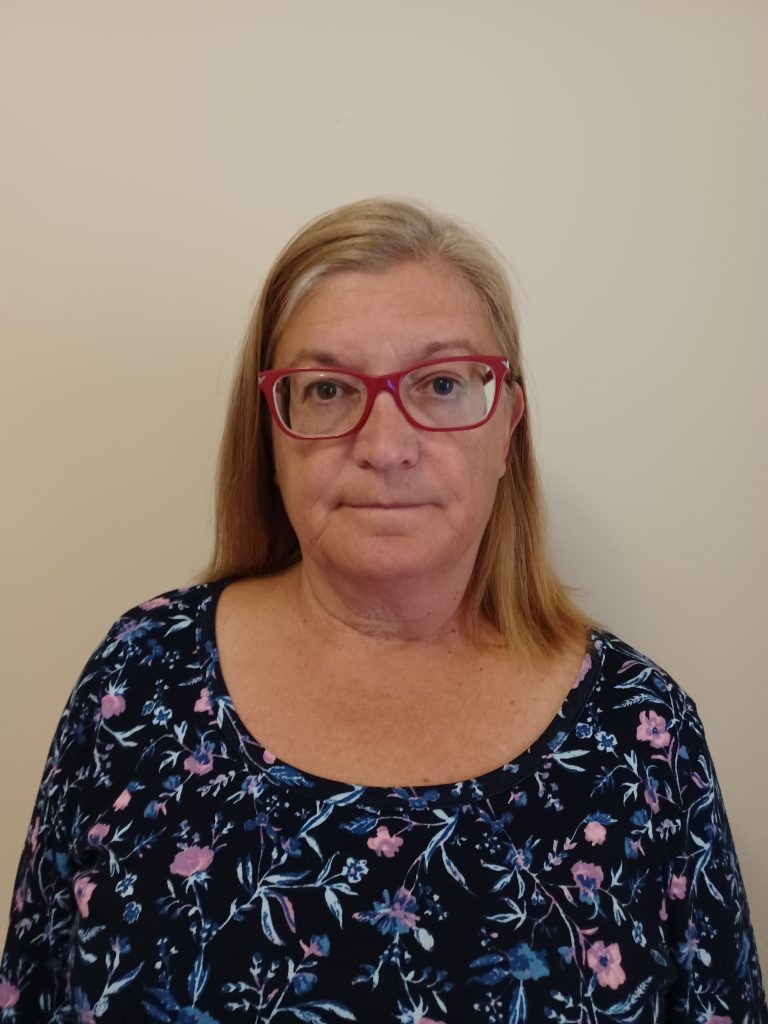
Fourth of July not happy for everyone
Spread the love. By Mary Stanek Your correspondent in Archer Heights and West Elsdon 3808 W. 57th Place • (773) 517-7796 . Happy Fourth of July. Cannot believe I am already saying that, time sure goes. Hope it is safe and quiet for everyone and especially all of our house pets. For us its shutting…

St. Rita’s transformation is worth a look
Spread the love. Kathy Headley Your correspondent in Chicago Lawn and Marquette Manor 6610 S. Francisco • (773) 776-7778 . St. Rita of Cascia Church, 63rd and Fairfield, continues to undergo its transformation from the sunflowery/harvest golds and browns of the 1960s and 1970s to the calming pastels of the 2000s. Since the basilica-style church…
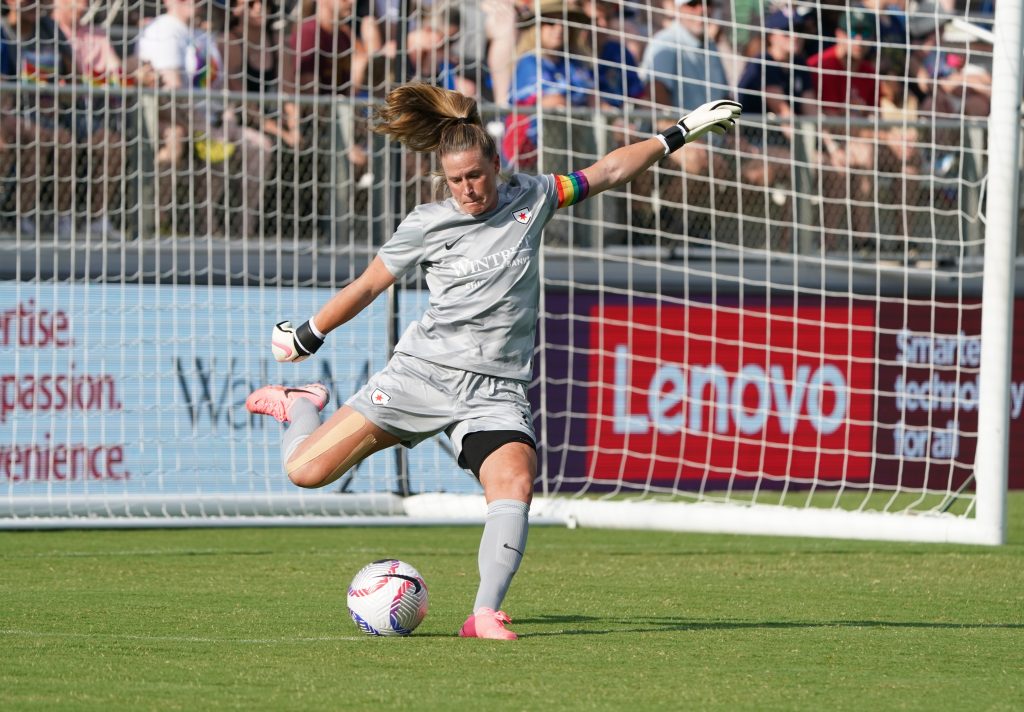
Loss to Courage brings Red Stars’ winless streak to five games
Spread the loveBy Jeff Vorva Correspondent The Chicago Red Stars historic start to the season is all but forgotten. In the last five matches, the Red Stars have failed to win, with the latest setback being a 3-1 loss on the road to North Carolina on June 23 in an NWSL battle. The Red Stars…

Summer League Basketball | Illinois powers compete at Riverside-Brookfield Shootout
Spread the loveBy Xavier Sanchez Correspondent School’s out for the summer, but high school athletes across Illinois are remaining active during the summer sports season. This includes basketball players, who can be found at camps, open gyms, camps and even weekend tournaments. Among the more high profile hoops action in the area was the Riverside-Brookfield…
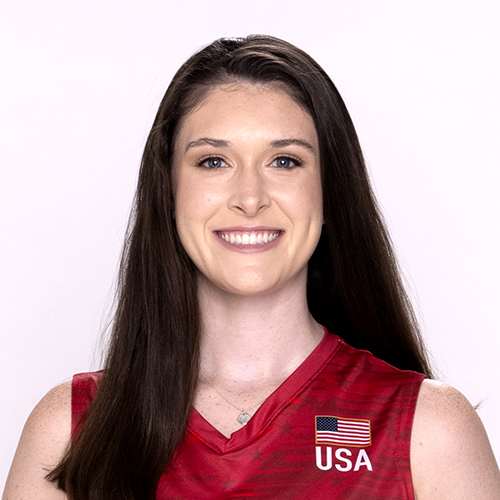
Dana Rettke and Ryan Murphy heading to Paris Summer Games
Spread the loveBy Jeff Vorva Correspondent Area fans of the Summer Olympics will have extra reasons to cheer athletes from the United States in the upcoming Paris Games. Dana Rettke of Riverside is a member of the U.S. women’s volleyball team and Palos Heights native Ryan Murphy will represent the country in swimming. Rettke, a…

Hope Church feeds the hungry at Marquette Park
Spread the love. Kathy Headley Your correspondent in Chicago Lawn and Marquette Manor 6610 S. Francisco • (773) 776-7778 . Last week on the way to our CAPS meeting at the Marquette Park Fieldhouse, I stopped in at the Tuesday Community Dinner hosted by Hope Church every week in the auditorium. Pastors Ben and Jordyn…






